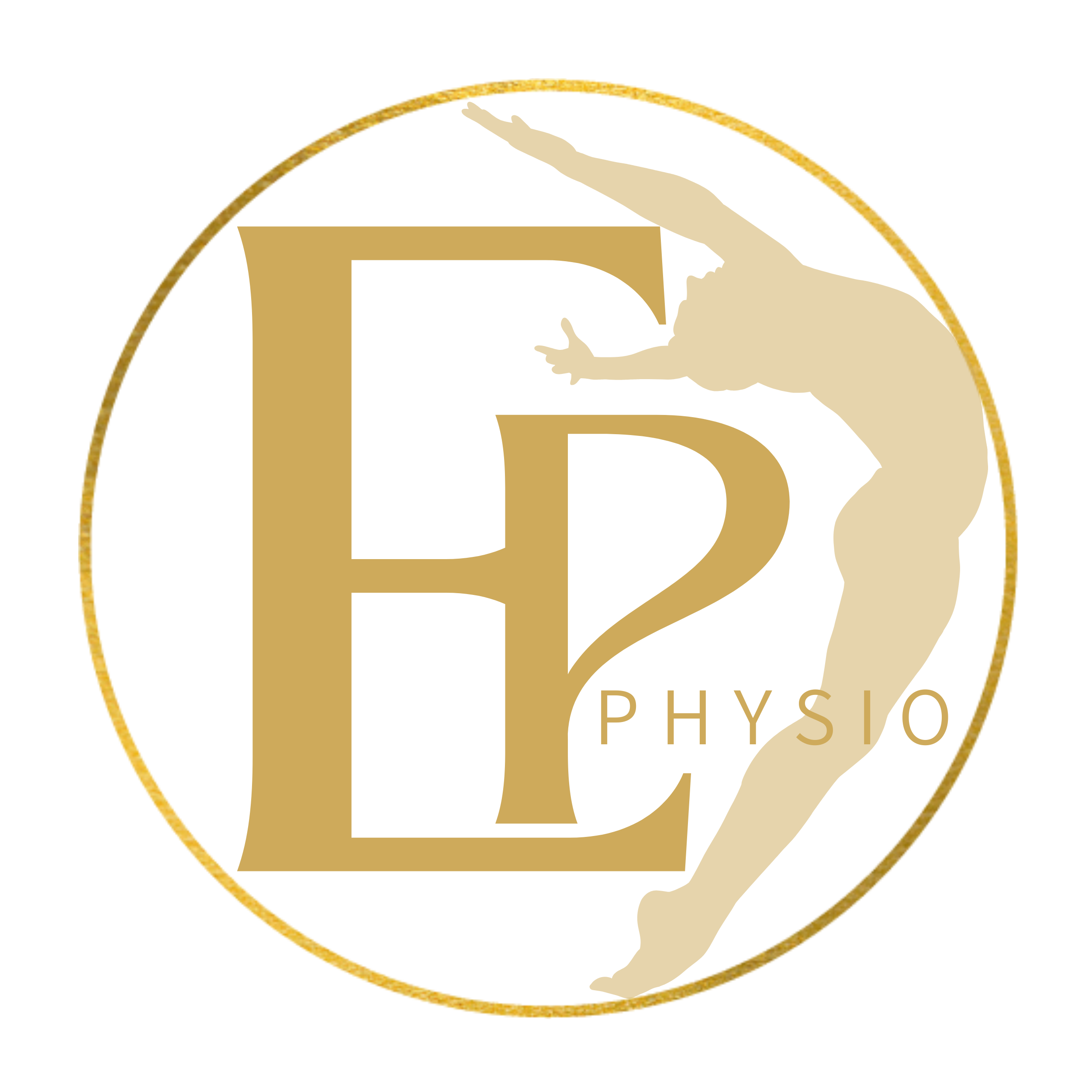
Calf Injuries: Why they happen and what can we do?
What is the calf?
When we describe the calf, we are talking about the gastrocnemius and soleus, as these are the biggest muscles in the calf region that contribute to function and are also the most commonly injured.
Although they make up the calf, they perform different functions, the soleus lies deeper to the gastrocnemius. The thought process around the soleus has altered in the recent past, it was at one time thought to only be a postural muscle but is now understood to be a key part of the athletic and dynamic performance in the lower limb.
It was initially seen as postural due to its makeup of slow twitch fibres. However, with further investigation, it is has become clear that it has a large physiological cross-sectional area, which helps it to produce significant force.
The gastrocnemius is the larger muscle that sits at the back of the lower leg, it is split into 2 compartments (lateral and medial) and is a biarticular muscle (moves the ankle and knee). Unlike the soleus, it has a large portion of fast twitch muscle fibres, which means that it is an explosive muscle and can be prone to fatigue.
This complex of muscles is key to athletic or sports performance, being key contributors in running, accelerating, decelerating, jumping, hopping, and cutting.
Due to the actions that the calf muscles are involved in, they can be prone to injury. It was initially assumed that the soleus was rarely injured as it is hard to identify injury of the soleus with ultrasound, instead requiring an MRI for full investigation. It has become apparent that the soleus is involved in approximately 85% of all calf strains.
What are the greatest risks factors?
Age is seen as a key factor in developing a calf muscle injury, as the older we get the more likely we are to experience a calf muscle injury. The greatest risk factor is previously injuring the calf, as with many muscle injuries, once you have a history of injury, it increases your risk or re-injury.
Why does age matter?
The evidence shows that the calf muscles are the fastest to atrophy (shrink) as we age, or as we start to perform less loading activity. This means that the large cross-sectional area we mentioned earlier, especially in the soleus, becomes smaller and loses some of its ability to generate higher forces or to take higher forces.
As we age, we also start to lose fascicle length, which again, affects the ability to produce or sustain higher forces. The final change that happens as we age is that the calf muscle-tendon unit naturally stiffens. This is a natural physiological property that helps to optimise the stretch-shortening cycle during running and produce force with minimal effort.
Strength is such as key component within a healthy and active calf complex as it has been estimated that anywhere from 3-8 times your body weight goes through the calf area when running, with other breakdowns specifically identifying x8 body weight through the soleus and x3 bodyweight through the gastrocnemius.
So, what do we need to do?
Whether it’s rehabilitation or strengthening to minimise injury risks and improve performance, the exercises are the same, with the only difference being when you may start to bring them into a program. All programs should include concentric soleus and gastrocnemius exercises, eccentric control and plyometric exercises.
Below are some examples of each.
Concentric exercises
Single leg gastrocnemius dominant rise
Single leg soleus dominant rise
Soleus squat
Eccentric exercises
Heel drops with bent and straight knee
Plyometric exercises
Skipping, drop jump into jump, drop into hop
Depending on your sport, activity levels, fitness or stage of rehabilitation, it is always best to speak to a qualified and trusted health or fitness provider to help you optimise your program. This will help you to either minimise your injury risk and maximise your enjoyment of sport and exercise, or to help you return to sport and exercises as quickly and effectively as possible.


